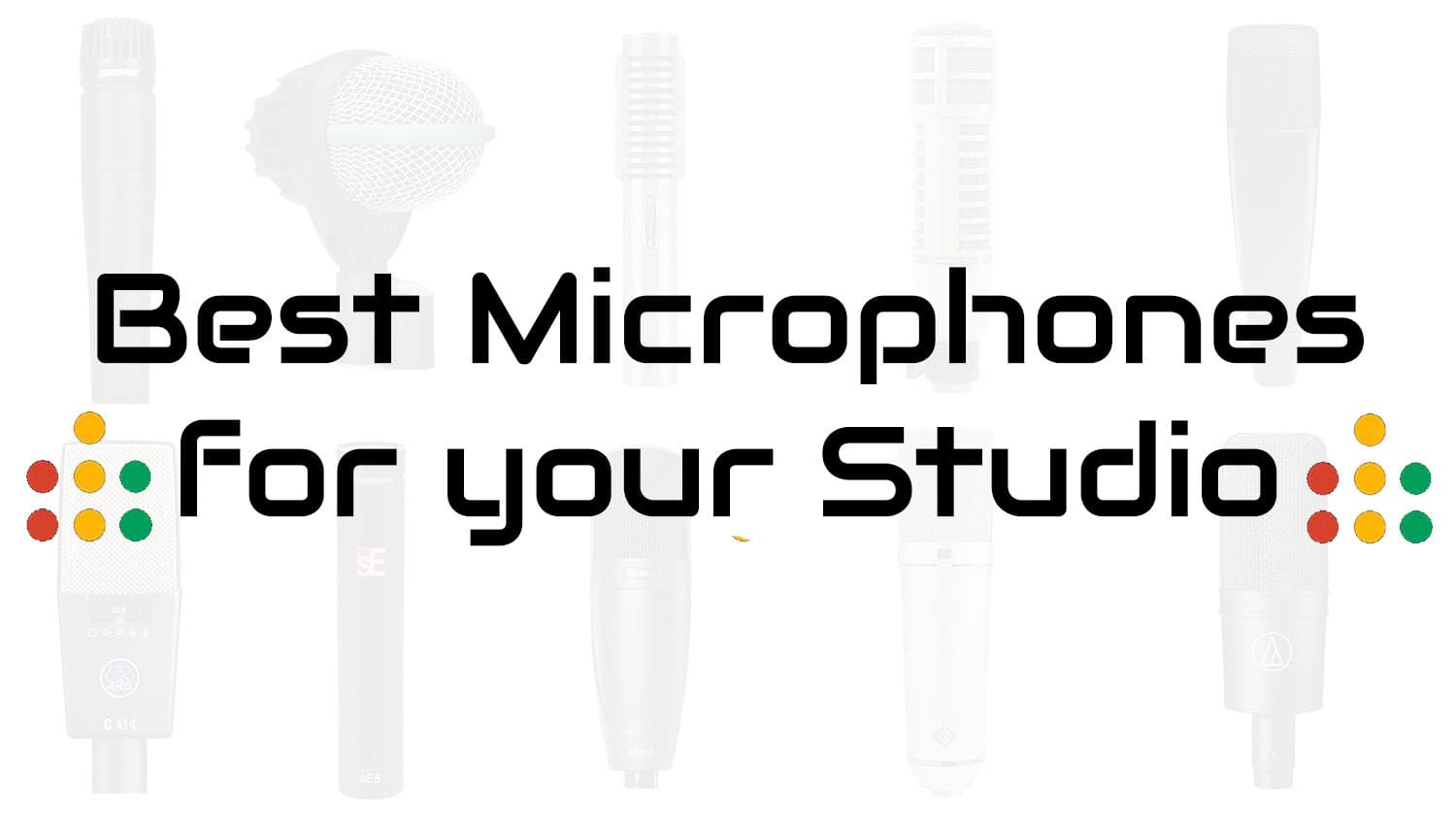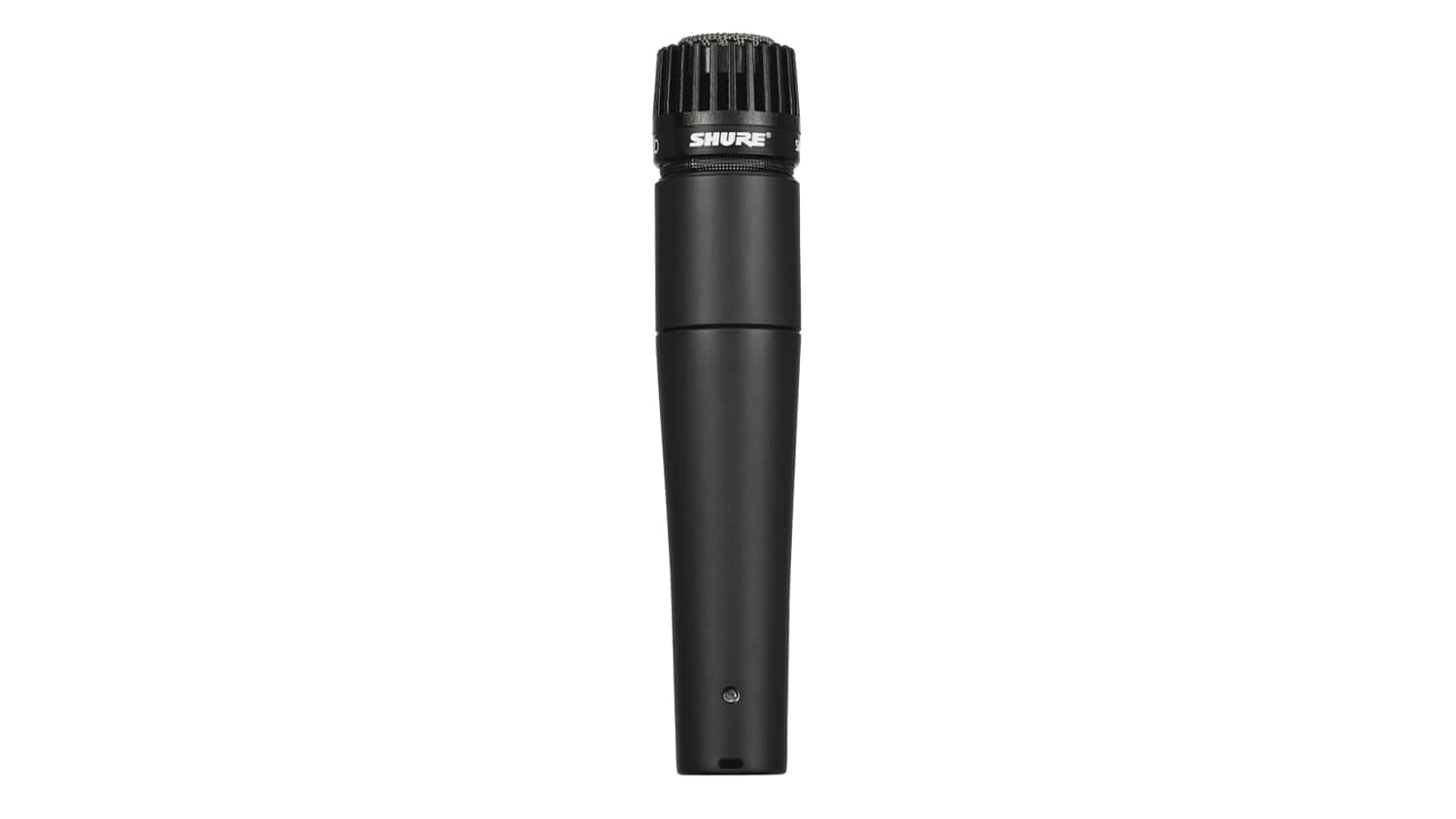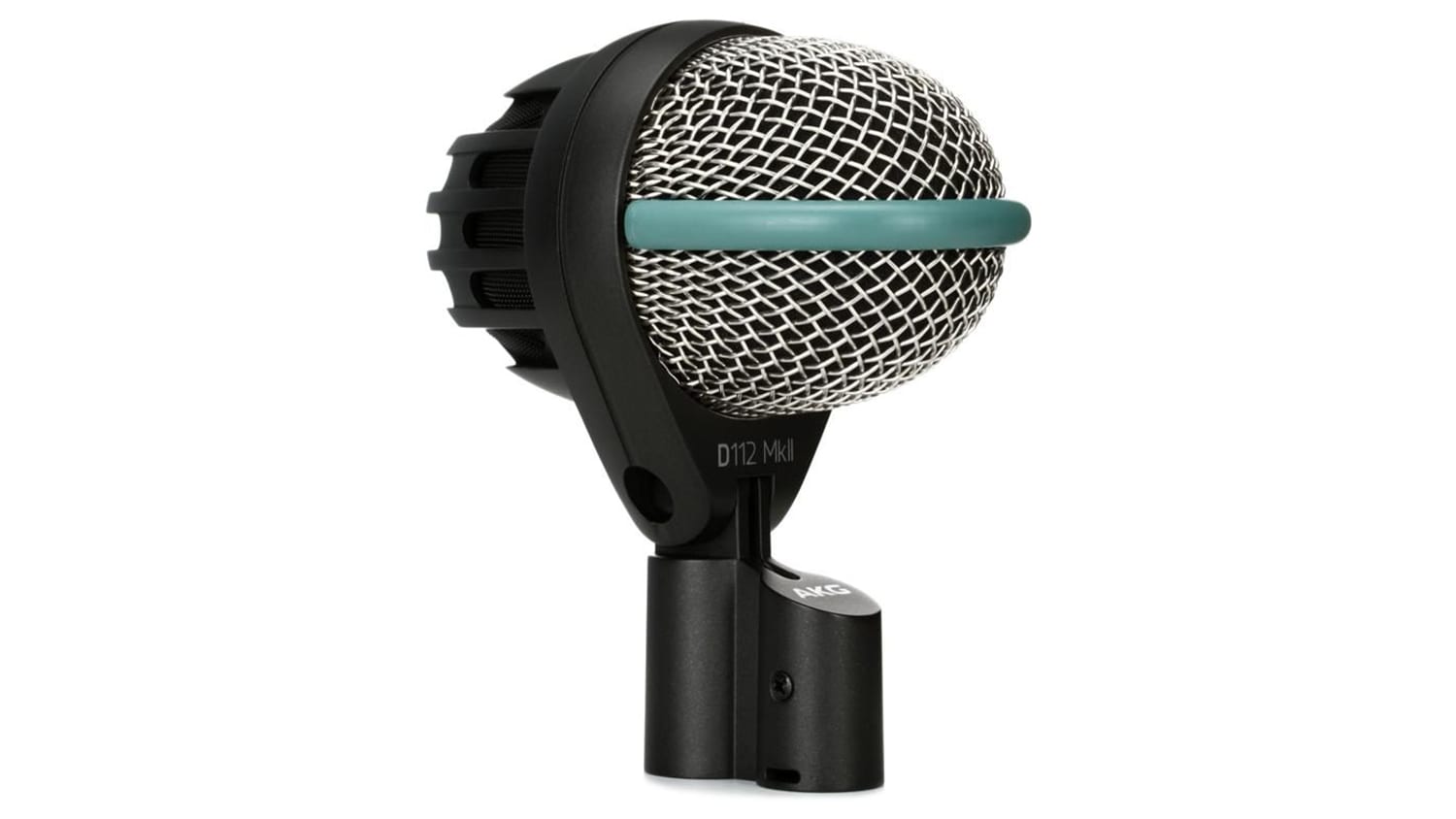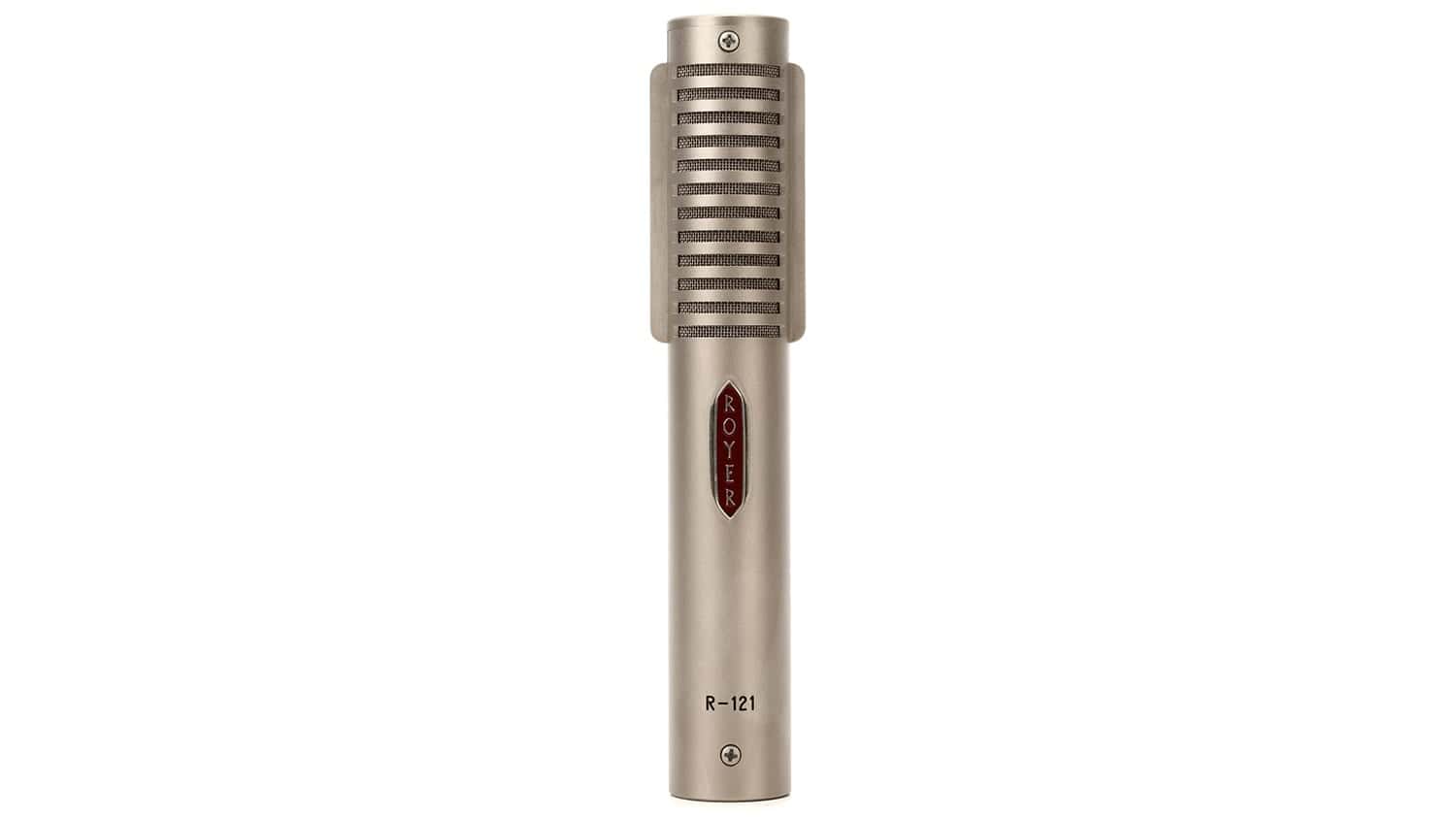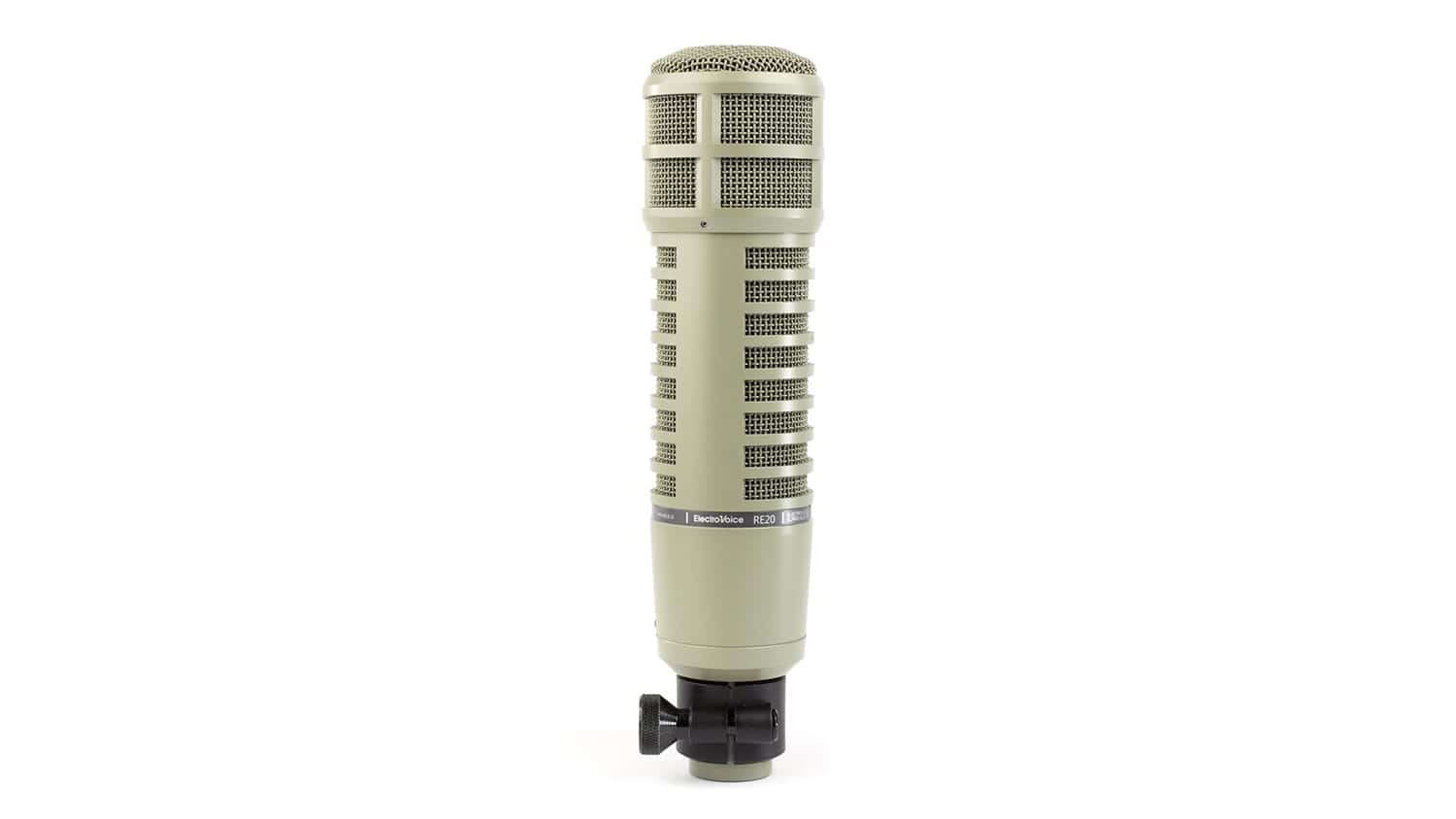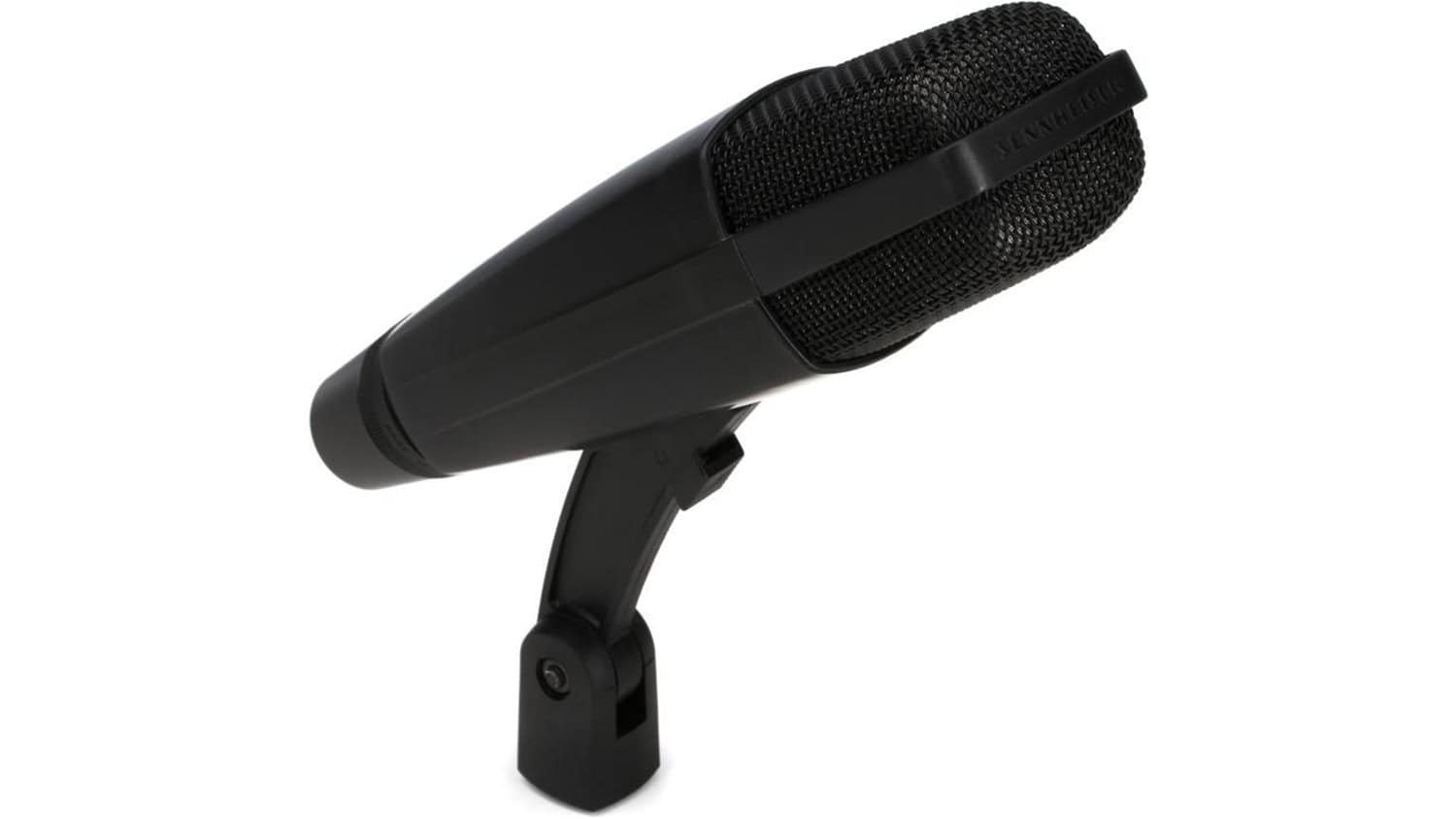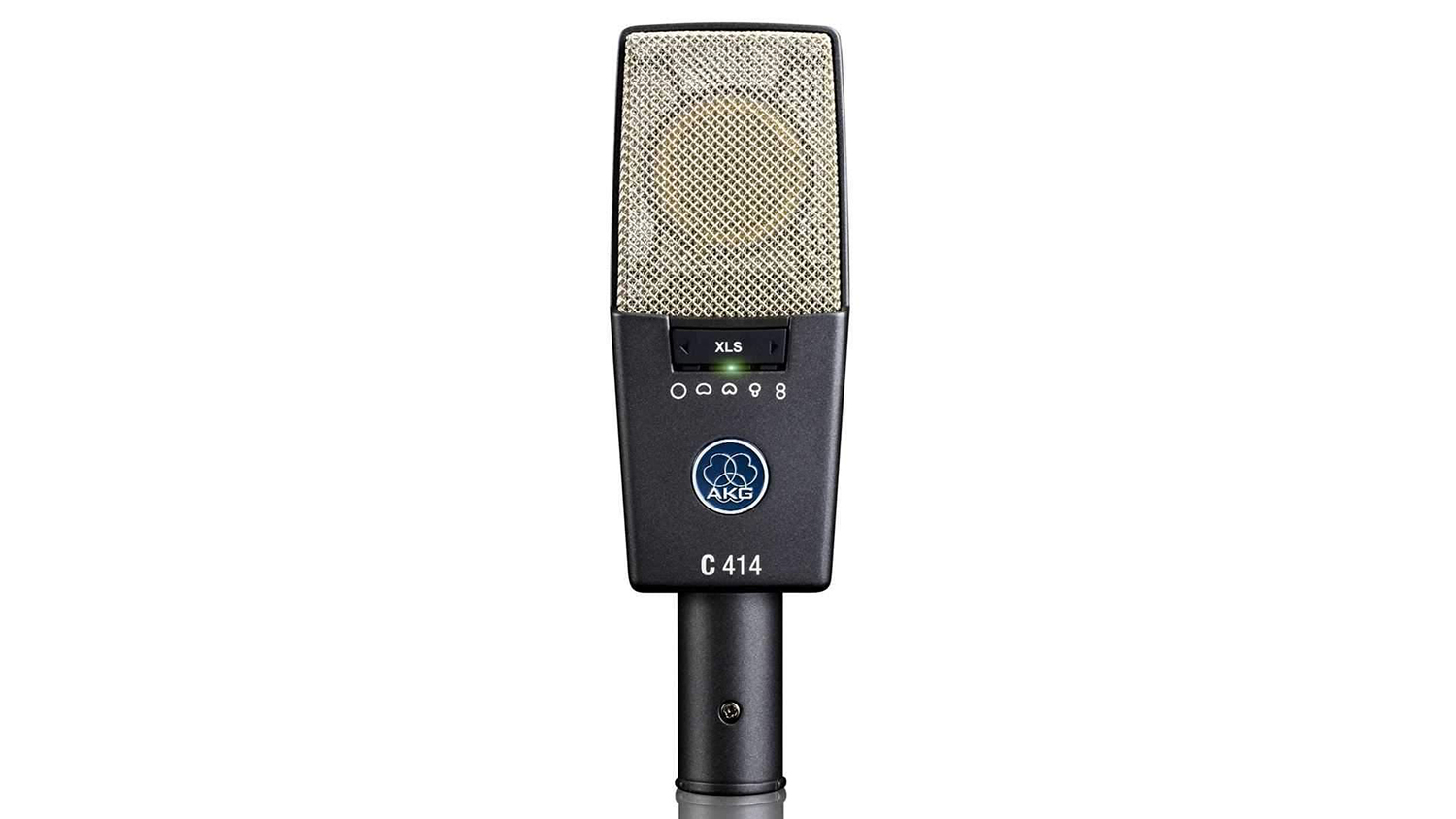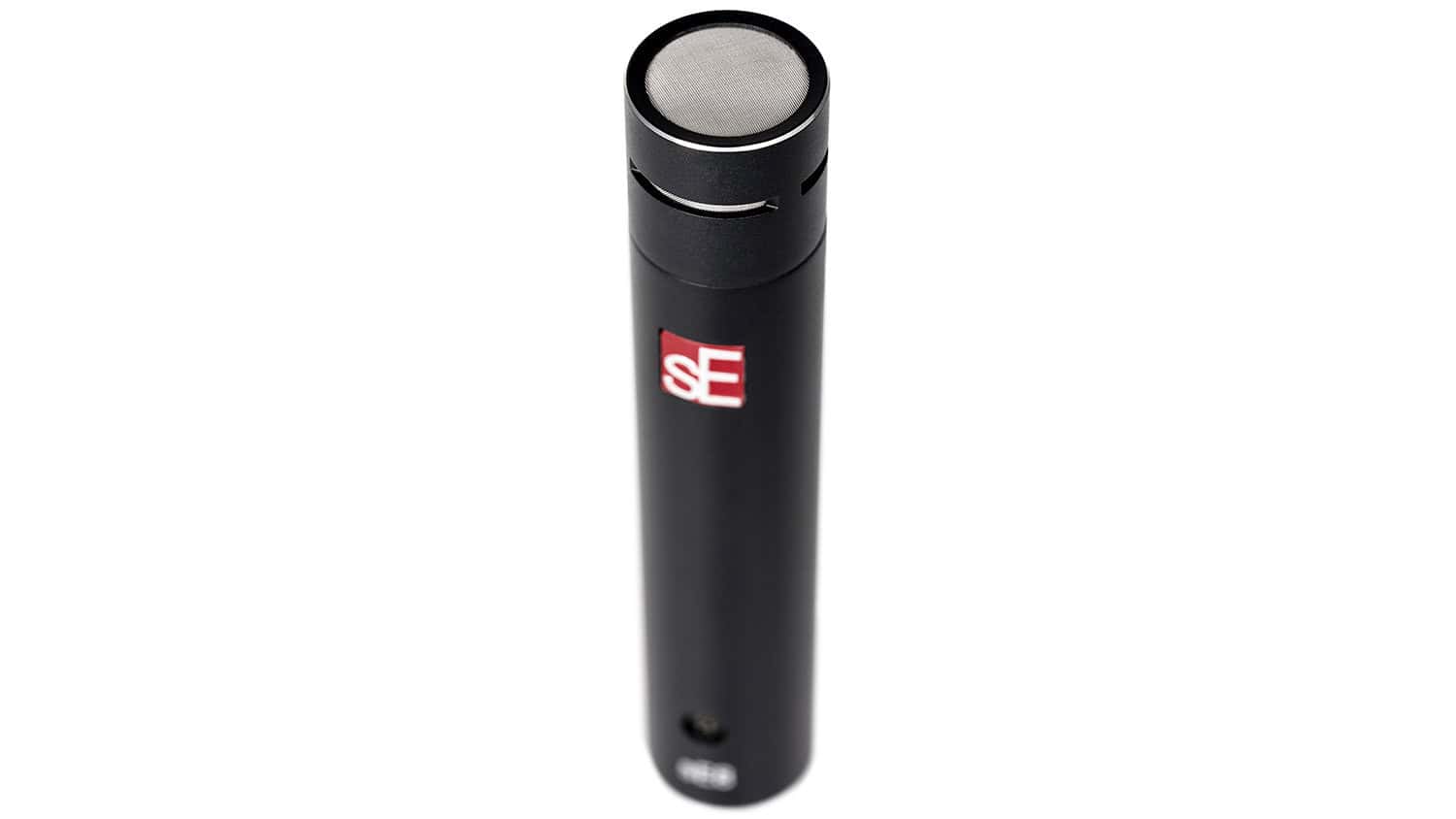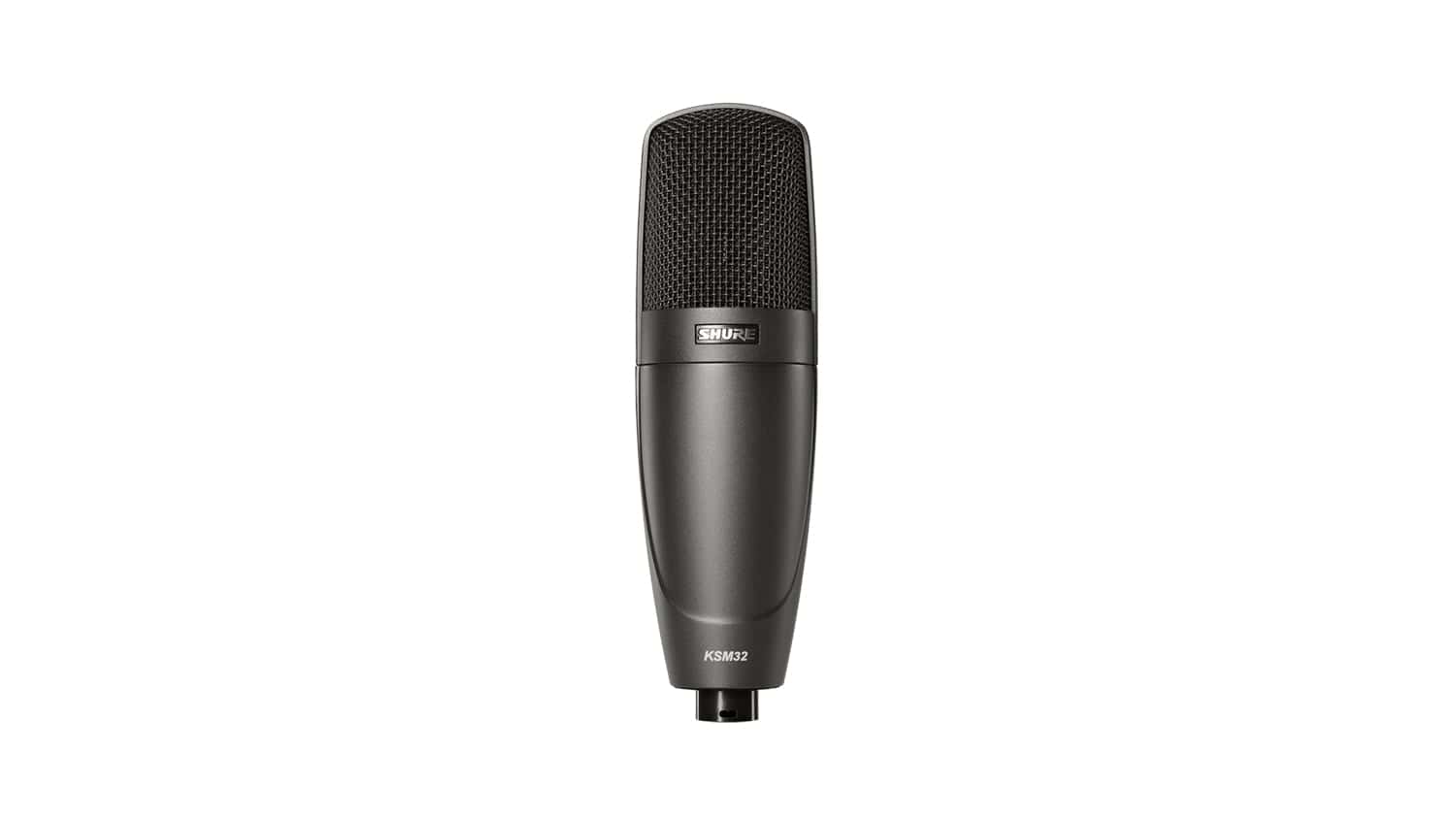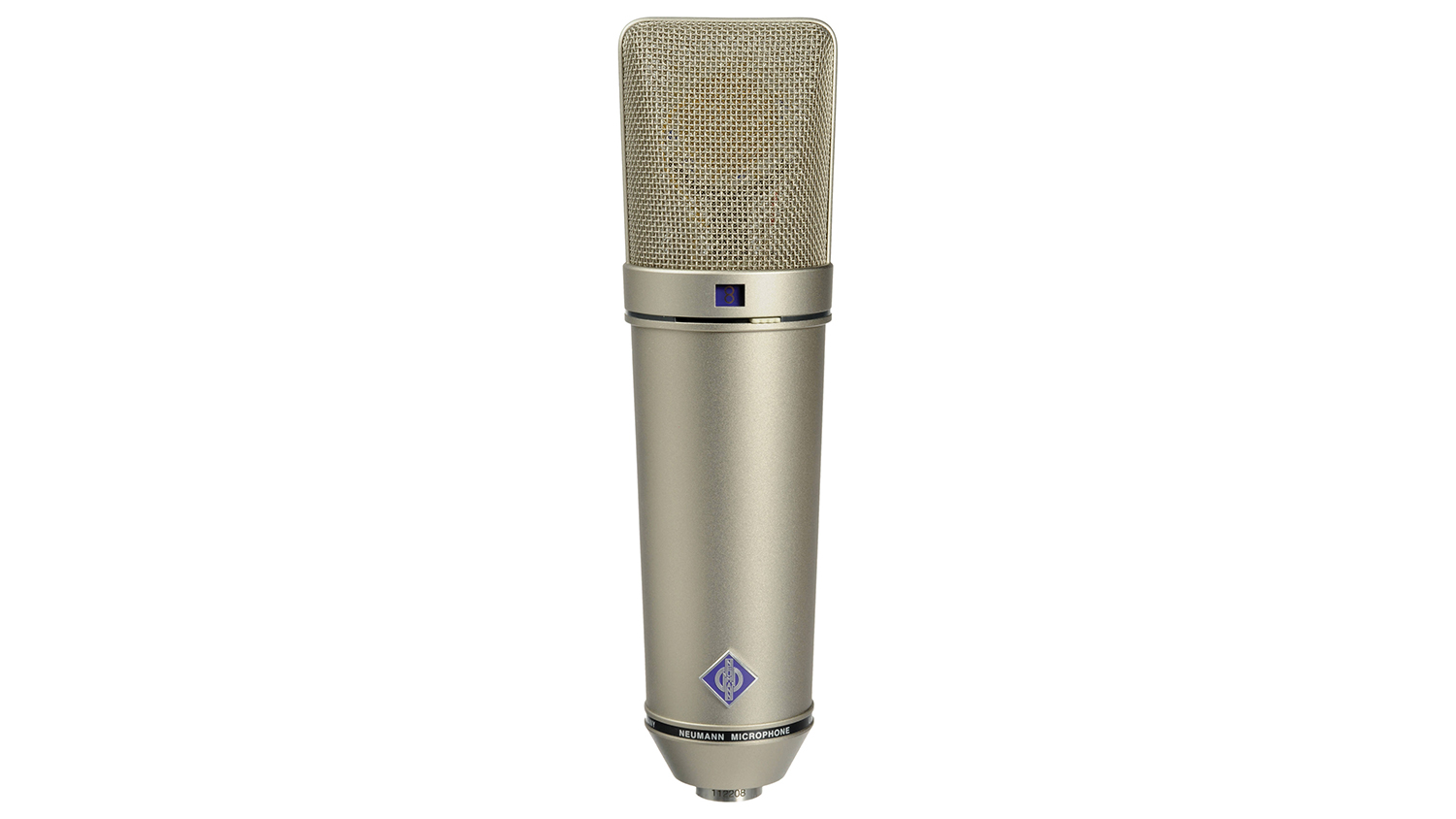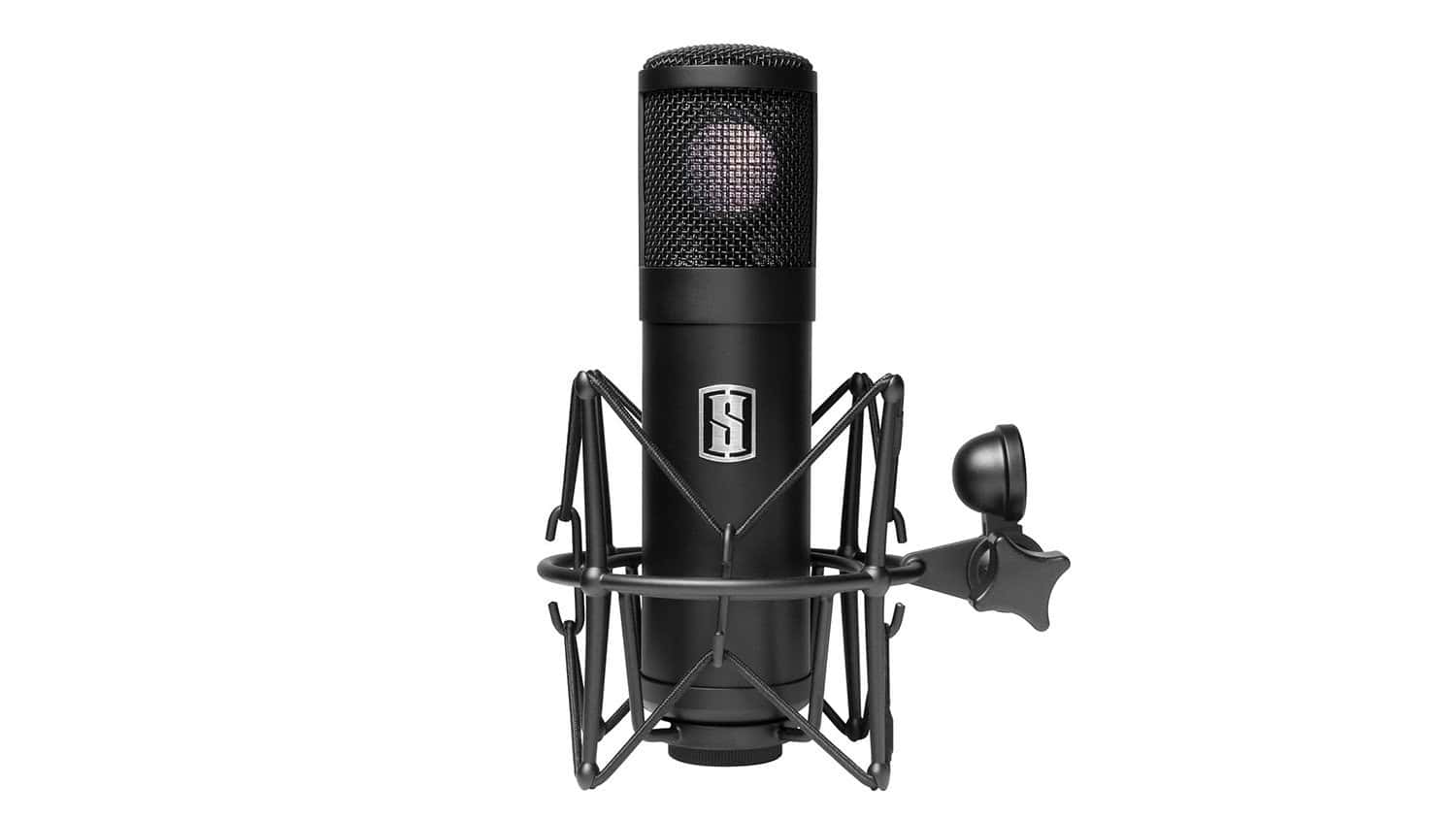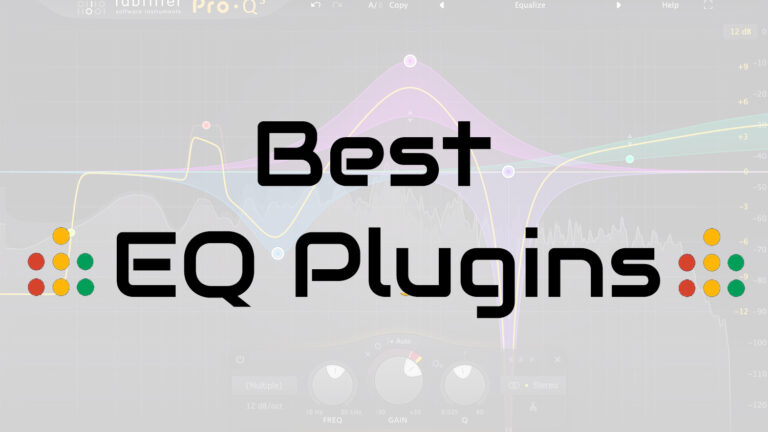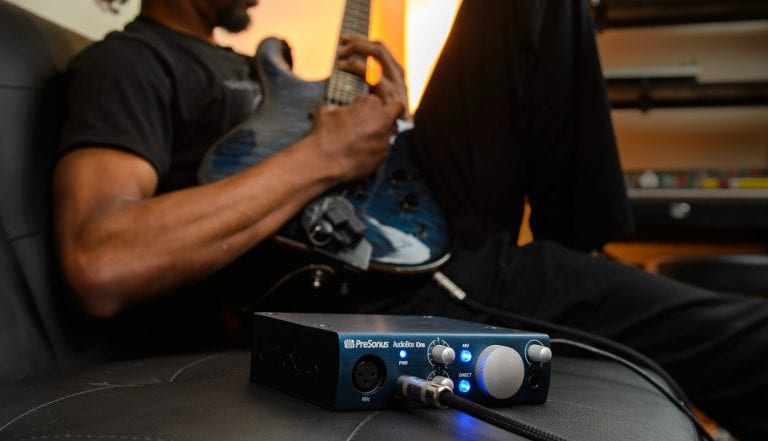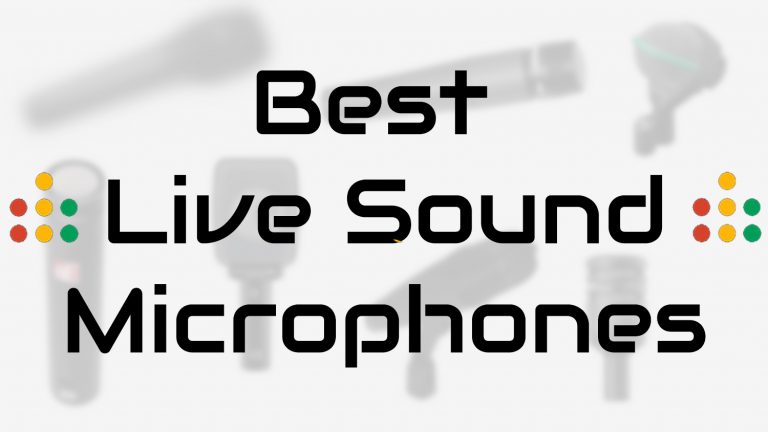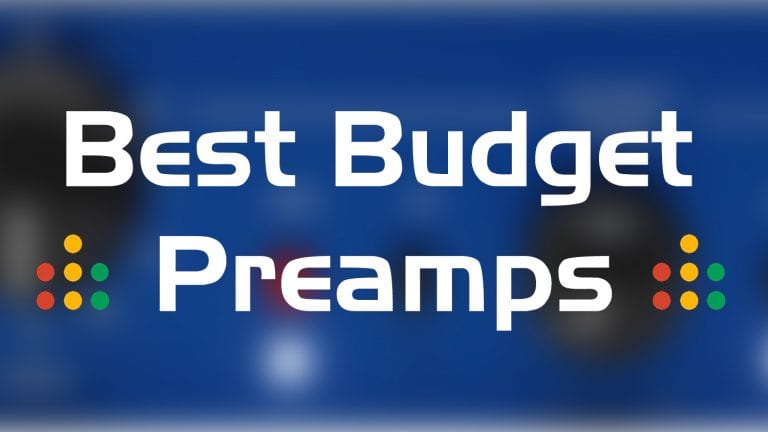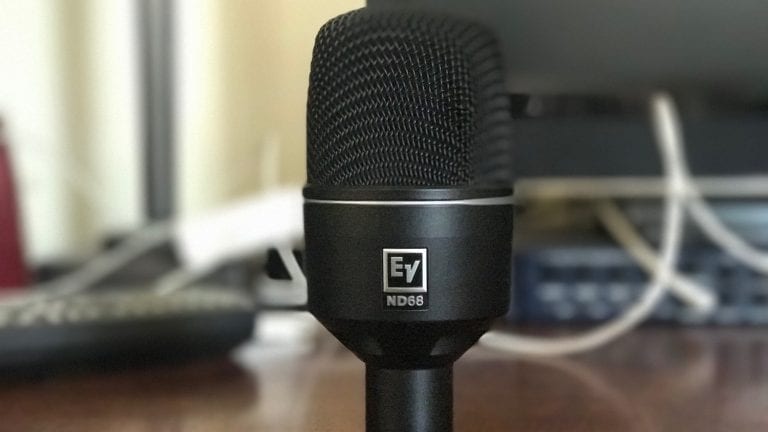It can be hard to narrow down the best microphones you need for your studio when you’re looking to build out your collection. Everyone works within a budget, and that can be limiting at times.
Luckily, microphone technology has gotten so good that you don’t have to spend thousands on one to be able to make great recordings. In fact, you can spend far less, and still get an incredible sound!
Here’s everything you need to know.
Best microphone for versatility: Shure SM57

Was there any doubt that Shure’s time-tested dynamic would make the cut? No matter what style of music or instrument you’re recording, the Shure SM57 is infinitely useful.
They are most notably used to capture midrange instruments like guitar and snare drum, but historically have been used on every source at some point.
In the 1970s they were even placed on kick drums, like on the early Van Halen records!
Best microphone for low end sources: AKG D112 MkII
There aren’t too many microphones designed to specifically handle low-end frequencies. This model from AKG generally goes head-to-head with the Shure Beta52 – and usually ends up winning every time.
It’s got a solid midrange capture necessary for modern bass and kick drum sounds, but also has the beef in the low end that standard dynamic mics just can’t capture.
The gentle boost at 4kHz adds some presence to help create the sound of modern kick drums and bass guitars.
Best ribbon microphone: Royer R-121
Ribbon microphones fell out of favor for a while, but they are back in a big way. This is in no small part due to Royer Labs’ revival of the technology. Older ribbons were notoriously delicate, but Royer’s next-generation designs are rugged and sounding better than ever.
The R-121 is pretty much the gold standard for modern ribbon microphones, featuring the warm character and figure-of-eight polar pattern inherent to the older designs.
It’s also very rugged, so feel free to place it in front of screaming guitar cabinets or lead-footed drummers and let it do its thing.
This ribbon mic works just as well on acoustic guitars and vocals. Within a certain proximity the rear pickup is a bit brighter than the front. It’s got a well-rounded frequency response, with everything translating as it should.
Best microphone for broadcast: Electro-Voice RE20
It was tough to choose between this and the SM7b from Shure, and the RE20 narrowly won out. Well-known in the broadcast world, it’s great on vocals and kick drum but is also a solid choice for bass cabinets.
And it’s great for heavier, more aggressive vocal styles like metal and rap.
Best dynamic microphone for filtering: Sennheiser MD 421
Sennheiser’s flagship dynamic microphone is a little misunderstood, but once you hear what it can do, you’ll swear by it. With its 5-position high-pass filter it’s especially great on toms, guitar and bass cabinets.
And for vocals, it’s an awesome fallback to a singer that doesn’t sound amazing through a large-diaphragm condenser.
Best multi-pattern condenser microphone: AKG C414 XLS
It’s not exactly cheap (it won’t break the bank either), but the 414 might be the best combination of utility and affordability you’ll find in a large-diaphragm condenser. For decades it has been a staple of studio and stage.
With five polar patterns, three pad options and three high-pass filters its versatility is unmatched. You’d be hard pressed to find a source that won’t sound fantastic through it. We reviewed it and love it!
Best microphone for transient sources: sE Electronics sE8
Small-diaphragm condensers have an exceptionally fast transient response making them great for acoustic guitar, drum overheads, and piano.
The sE8 is a great, cost-effective choice that features padding and filtering, adding to their versatility.
Best budget large-diaphragm condenser microphone: Shure KSM32
With so many great large-diaphragm condensers on the market today, it’s tough to pick just a few. And even though Shure is one of the best-known manufacturers in the space, their condensers still fly under the radar.
But their KSM line stands among the best in the category. The 32 is the little brother of the 44A, and is almost every bit as detailed. Transparent, it offers a slight lift in the low end and a peak in the highs to add some “air”.
You do have to pair it with a colorful preamp or some plugins to really bring it to life, but it’s useful to have a more neutral model in your microphone collection.
Best condenser microphone overall: Neumann U87 Ai
Few engineers have the budget for a holy grail microphone like this, but luckily there are a number of quality replicas, clones, and copies.
The U87 is the sound of far too many classic recordings to mention, and you’ll find a use for it on anything – especially vocals, guitars, and drum overheads.
Best modeling microphone: Slate Digital VMS ML-1
There’s nothing worse than getting to the mixing stage and wishing you used a different microphone during tracking. Slate Digital has the solution to that.
The ML-1 features multiple popular condenser microphone models. By using the included mic/preamp modeling software you have virtually unlimited options! If you’ve ever used Slate’s products you know how powerful that is.
A neutral, ultra-linear modeling large-diaphragm condenser microphone is used as the focal point. It’s sonically neutral so it can work well with all of the different models.
For music creators that suffer from option paralysis when it comes to microphone selection, this is the answer.
Best large-diaphragm condenser microphone under $500: Audio-Technica AT4033a
One of the best large-diaphragm condensers under $500 comes from Audio-Technica, some swear by the 4033 while it flies under the radar for others. It’s a fixed cardioid polar pattern but has an amazingly wide frequency response (30Hz-20kHz), -10dB pad, and high-pass filter at 80Hz.
What to Look for in a Microphone
When building out your microphone locker, it’s important to take the specific sonic characteristics that you need into consideration. A combination of capacitor (condenser) microphones and dynamics means that you’ll be equipped to take on any recording or live sound project.
Don’t Let Budget Hold You Back
These days it’s possible to create amazing recordings even with less-expensive mics manufactured in countries like China – when used with proper recording techniques.
Many feature presence or peak boosts in the high end and upper midrange. This can be a benefit but beware of added harshness.
There are also mics that are marketed as being “warm”, which usually means an emphasis on the low end or low midrange and a gentle cut on the higher end.
These are great for sources that need an accent in that area of the frequency spectrum, or if the source is especially bright or strident.
And remember, sometimes a $100 microphone can sound better than one that costs $1000 – if used properly on the right source.
Polar Patterns
The way that a microphone picks up sound is by what’s called a polar pattern. When building out your collection it’s important to keep in mind what types of polar patterns you have at your disposal and what you might be missing.
For example, direct micing sources like guitar cabinets and snare drums usually benefit from the directional pickup of a cardioid pattern. Whereas if you want to grab the sound of the room, something with omni or figure-8 can be desirable.
You can read more about microphone polar patterns from our guide.
Choices, choices!
With so many options available today, this list is meant to be a composite of selections that are affordable, accessible, and first and foremost – useful. It is by no means exhaustive, but the variety of the selections are meant to give you blanket coverage so no matter what your session throws at you you’ll be ready.
FAQ
How do I prevent plosives and sibilance in my recordings?
To reduce plosives (popping sounds) and sibilance (harsh “s” sounds), use a pop filter or windscreen. You can also adjust your microphone position to avoid being too close or too directly oriented toward the diaphragm.
Do I need a mic stand or shock mount?
You’ll definitely want to have a mic stand and shock mount as part of your recording studio accessories. A stand keeps your microphone steady, while a shock mount reduces vibrations and noise caused by handling or movement.
What is a polar pattern?
Polar pattern is a design element that determines how the diaphragm picks up sound directionally.

